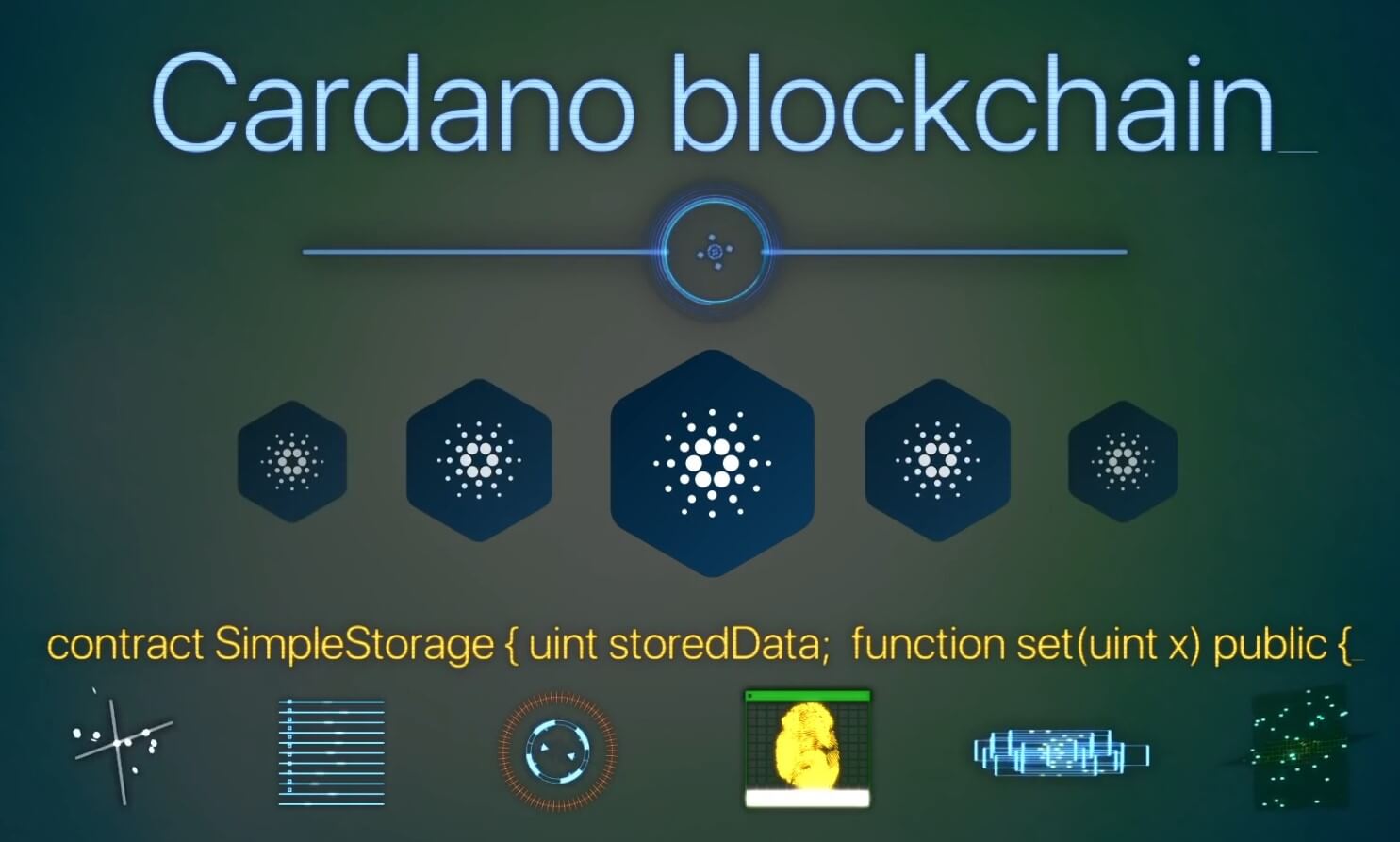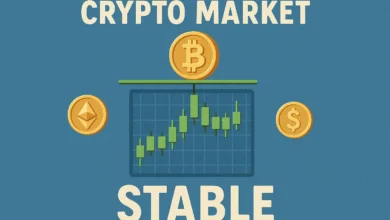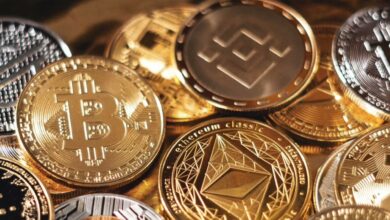XRP DeFi Integration with Cardano Advancing Blockchain

Over the past few years, the decentralized finance (DeFi) ecosystem has experienced explosive growth, attracting both enthusiasts and innovators, as well as investors. Charles Hoskinson, the founder of Cardano, made one of the most recent remarks that drew the notice of the Cardano and XRP communities. Hoskinson revealed his excitement about the possibilities of adding XRP-based DeFi initiatives into the Cardano Network blockchain during a recent interview. This fascinating concept has generated debates on cross-chain compatibility, the development of blockchain ecosystems, and the direction decentralized finance will take.
Cardano: Blockchain Innovation and Interoperability
Initially developed by Charles Hoskinson in 2017, Cardano is among the top blockchain systems designed for creating smart contracts and decentralized applications (dApps). Cardano’s research-driven approach to blockchain technology—which emphasizes scalability, sustainability, and security—sets it apart. Considered one of the most energy-efficient and secure consensus systems available in the sector, the blockchain utilizes an original proof-of-stake consensus method known as Ouroboros.

Hoskinson has emphasized for a long time that Cardano’s ecosystem is designed to be open, inclusive, and interoperable. This idea also permeates his most recent comments on the possibility of XRP moving its distributed finance (DeFi) projects onto the Cardano platform. Hoskinson envisions an environment that fosters cross-chain cooperation by integrating XRP’s DeFi projects into Cardano’s ecosystem, thereby aggregating multiple blockchain groups and technologies.
DeFi and XRP: Transforming Finance
Using distributed technology, primarily blockchain, DeFi is a set of financial services that operate independently of intermediaries like banks, insurance firms, or brokers. Built on public blockchains using smart contracts to offer lending, borrowing, trading, and staking, DeFi apps (dApps) have seen a hitherto unheard-of expansion in recent years, with billions of dollars in assets trapped in DeFi systems.
DeFi’s value resides in its capacity to distribute financial services, empowering. DeFi eliminates intermediaries to offer economic opportunities to individuals with limited or no access to conventional banking systems. It also provides more openness, security, and efficiency than more traditional banking systems, which often entail labor-intensive procedures and hidden costs.
Originally the native currency of Ripple, XRP has established a niche as a payment system designed to facilitate quick, global transactions. Although XRP has been primarily associated with remittances and payment processing, its significance in the DeFi space is evolving. From liquidity pools to decentralized exchanges (DEXs) utilizing the speed and scalability of the XRP Ledger (XRPL), the integration of XRP into the DeFi ecosystem may open a wide range of opportunities.
Integrating XRP DeFi with Cardano
Charles Hoskinson has stated that he wants to see XRP’s DeFi ecosystem integrated into Cardano. He emphasized that Cardano’s blockchain is designed to support a wide range of distributed applications, including those from various networks. Hoskinson’s comments suggest that he finds XRP’s liquidity and quickness to complement Cardano’s strong, scalable infrastructure.
For Cardano, including XRP-based DeFi applications could have various benefits. The DeFi ecosystem values XRP highly for its low transaction fees and great throughput, which define it. Furthermore, several distributed applications are already home on the XRP Ledger, primarily related to asset management and payments. Hoskinson believes a new, more flexible DeFi ecosystem could emerge by integrating XRP’s capabilities with Cardano’s research-based architecture, thereby benefiting both consumers and developers.
Cardano’s Innovative Blockchain Interoperability Solution
Lack of seamless interoperability among several blockchain systems is one of the main challenges in the blockchain field. The complexity of linking blocks increases along with their increasing count. Through cross-chain communication systems, initiatives such as Polkadot, Cosmos, and others have sought to address this problem. Cardano’s approach to interoperability, however, is quite original.
Hoskinson’s idea for merging XRP’s DeFi into Cardano calls for the creation of robust bridges or protocols to enable seamless network connectivity. The steps in this approach include Cardano’s latest adoption of sidechains and the Hydra protocol, which aims to increase scalability. By allowing more paths for cross-chain compatibility, XRP’s DeFi would help Cardano’s leadership in distributed finance become even stronger.
XRP-Cardano DeFi Collaboration Potential
The integration of XRP’s DeFi initiatives into Cardano’s ecosystem is yet hypothetical. However, the growing emphasis on interoperability and cooperation among blockchain systems suggests that more alliances like this may be in store. Accepting initiatives from different ecosystems could help Cardano be more widely used and adopted on its platform. Aligning XRP with a blockchain like Cardano might open up new use cases and increase its presence in the DeFi scene.
With several platforms offering specialized features and capabilities, distributed finance is likely to become multi-chain in the future. Cooperation across networks, such as Cardano and XRP, in this setting could inspire creativity and hasten the general adoption of DeFi.
XRP and Cardano’s Role in Advancing DeFi
DeFi systems and smart contracts offer transparent, secure, and decentralized services, including lending, borrowing, and trading—all of which are open.

XRP is increasingly playing a role, meanwhile, as the DeFi market develops, allowing distributed apps (dApps) to utilize its speed and scalability for financial services, including decentralized markets and liquidity pools.
Indeed, through interoperability solutions like cross-chain bridges, Cardano and XRP can potentially cooperate. By combining Cardano’s security and scalability with XRP’s Surge transaction speed and liquidity, this cooperation could enable more functional collaboration systems—especially in the DeFi space—through enhanced functionality.
Final thoughts
The possibility of projecting XRP’s DeFi initiatives onto the Cardano blockchain highlights the need for cooperation and interoperability in the emerging realm of decentralized finance. Charles Hoskinson, the creator of Cardano, envisions a future where multiple blockchain ecosystems will collaborate to create new opportunities for consumers and developers.
Although this idea is still in its early years, there are obviously significant advantages to such cooperation. Connected, multi-chain solutions will only become more important as the DeFi space expands. If Cardano and XRP can combine their capabilities, they might pave the way for a new era of distributed financial services.




